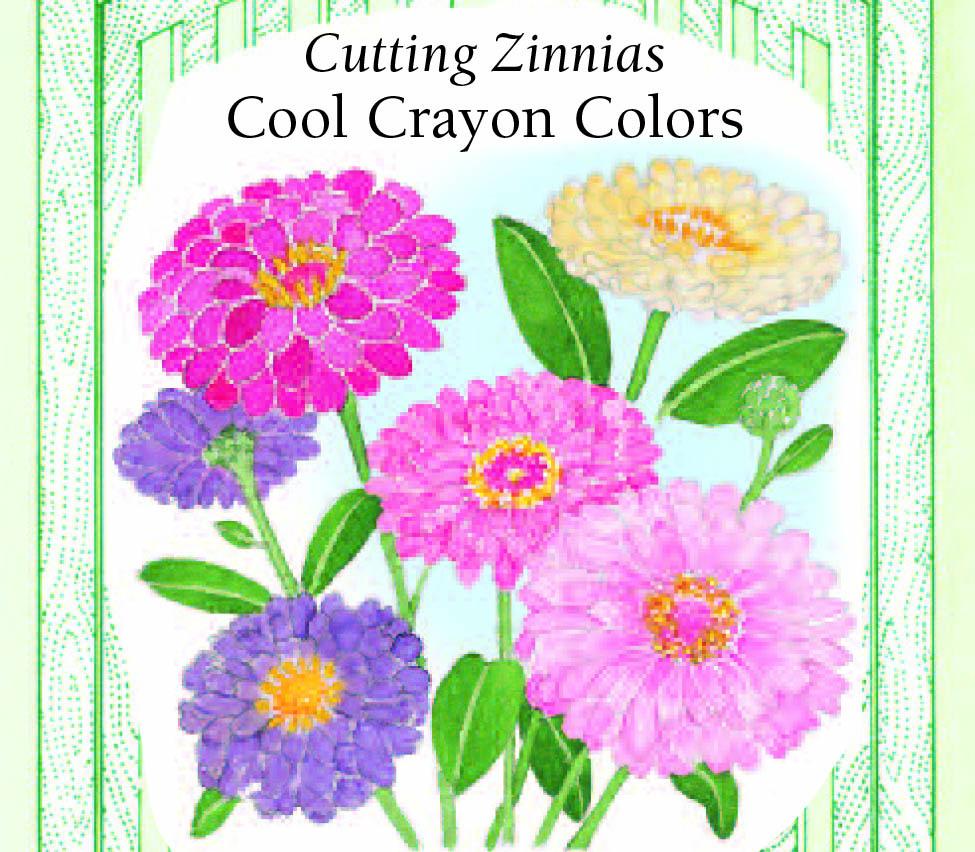What, when, and where to plant garden seeds

Having an edible garden is currently one of the biggest garden trends, and I don’t see it slowing down for a while. One of the easiest and most economical ways to have your own edible garden is by simply sowing a few seeds. Vegetable seeds, as well as many beautiful flowers, are readily available, relatively economical, and there are lots of crops to choose from.
Knowing what to plant and when is the first challenge, so if you are a first-time gardener, there are lots of resources, including many seed catalogs to help guide you along the way. There are two basic vegetable garden groups: cool-season and warm-season. But there are three distinct garden seasons: spring cool season, summer warm season, and fall cool season. If you are not sure, the seed packets, like these shown, have a wealth of information and will tell you when it is best to plant that particular variety.
The second is knowing which seeds are easily sown directly into the garden, and which ones need to be started indoors and then transplanted into the garden. A few that are easy to direct sow are beans, beets, carrots, corn, cucumber, kale, and spinach, as well as most greens or lettuces, melons, gourds and pumpkins, radishes, squash, and zucchini. Some seeds that do best started indoors are broccoli, cabbage, cauliflower, eggplant, peppers, and tomatoes. Many seed packets will also give you this information.
Almost all seed packets will also provide some specific guidelines for sowing that particular seed and information on how long it will take to produce, including any special instructions for harvesting. So, the next time you go shopping for vegetable seeds, make sure to leave yourself enough time to read the seed packets before making your decision about what you might want to buy and grow.

